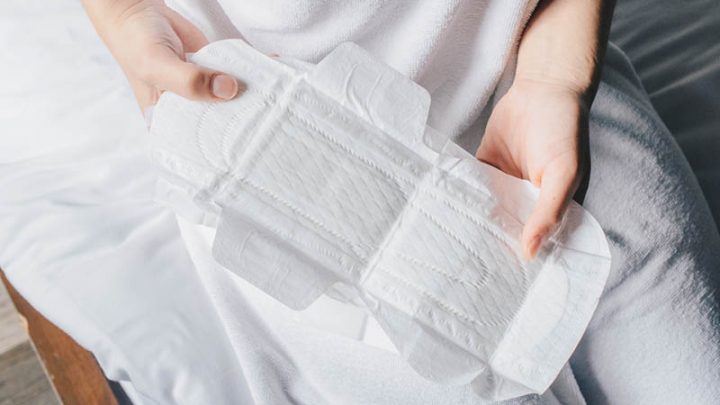What Are Postpartum Padsicles?
If you have a vaginal delivery, postpartum padsicles or popsicles should definitely form part of your postpartum care kit. You are, however, almost certainly wondering what these are!
As a mom to be, you’re probably finding out new things every day. You’re bombarded with facts and as much as you’re eager to learn, you’re also frightened by how much you don’t know.
Well, popsicles are on the top of the list of things you mustn’t forget about while planning your postpartum recovery.
Postpartum padsicles are actually frozen pads or napkins you put in your underwear after a natural birth. They’re there to ease your pain and to help you with other vaginal issues, common after giving birth.
How Can Postpartum Padsicles Help Your Postpartum Recovery?
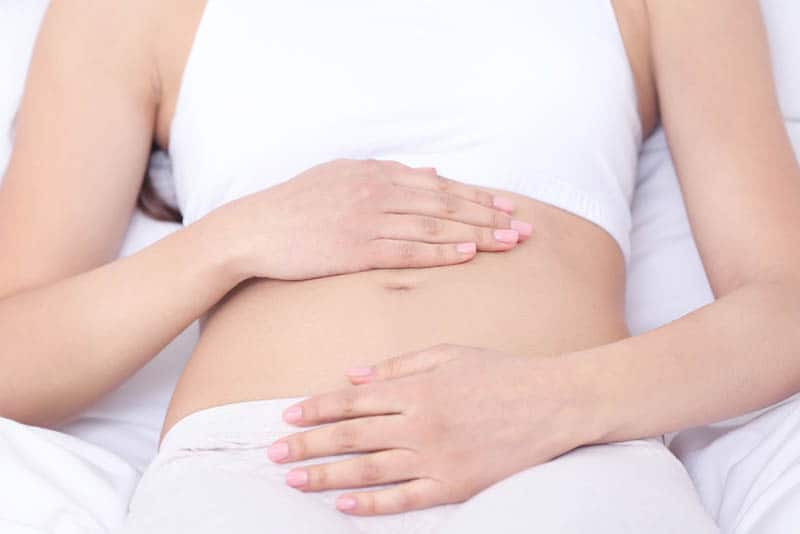
Look, I won’t lie to you, labor and delivery are painful, but, the stories are true: when you hold your new baby in your arms for the first time, all of the trouble becomes worth it.
However, just because you’re overcome with joy, doesn’t mean that the pain magically disappears.
Unfortunately, natural birth isn’t the only thing that causes pain. If you’ve torn or had an episiotomy, it will hurt you even more.
So, if you want to get up on your feet as soon as possible (and don’t we all?), you need to do everything in your power to speed up your postpartum healing process. Postpartum padsicles are one of the things you can do to help with that goal.
When you think about your hospital bag checklist, frozen pads are probably nowhere near your mind. Instead, you’re way more concerned about the things your little one might need, such as biodegradable diapers, breastfeeding essentials, a car seat, onesies, a blanket, wipes…
I’m here to tell you that you have to think about your postpartum recovery as well. After all, you can’t expect to give your maximum attention to your newborn while you’re in so much pain, can you?
Well, this is where frozen postpartum pads come in: they’ll make your postpartum healing much easier. In fact, this is something most doulas advise new moms to use after vaginal delivery.
Postpartum soothing pads have numerous healing properties. They help you with pain relief, soreness, and have an anti-inflammatory effect.
Basically, these ice packs have similar healing benefits toa Sitz bath. However, unlike taking a Sitz bath, popsicles won’t take extra hours out of your already tightly-packed schedule (unless you start making them too late!).
The List Of Things You Need To Make Postpartum Padsicles
The good news is that every ingredient you need to make your own padsicles is available and easy to find. You can purchase each one of them at your local market or have it delivered from Amazon.
But that probably won’t be necessary, since you already have most of these things laying around the house. If you don’t, I’m sure that your mother or grandmother does!
Please, don’t buy products from unreliable sellers and don’t forget to read all the ingredients (including the fine print). You want to avoid getting anything with chemicals at all costs.
Sanitary pad/ napkins

Naturally, the first things you need for making your own padsicles are sanitary pads or napkins.
You’ll want to get overnight maxi pads, instead of the regular pads. They are a better option due to their size and absorption capacity.
The heavy-duty pads you probably have prepared for postpartum bleeding are actually the only ones that stand the chance of holding the quantity of fluid you’re about to put on them.
It would be great if you have pads with wings and the ones that offer max absorption.
But I have to warn you: you’ll need tons of pads – probably more than you’d use for your postpartum bleeding.
Even though practically every sanitary pad will do its job, it’s super important to pay attention to the ingredients and if it’s possible, get the unscented, chlorine-free pads.
The chlorine used to bleach the pad has no medical purpose and is potentially dangerous.
On the other hand, if you can’t get used to sanitary pads and are more of a sanitary napkin kind of a gal, don’t worry. The truth is that popsicles are much easier to make with pads but if you really insist, sanitary napkins will do the trick as well.
Don’t forget to choose the overnight option with maximum absorption in this case as well.
If you can afford it (and haven’t stashed away plenty of pads already), please go with the most natural option. Look for organic pads or napkins, since they lower the risk of further irritation or allergy.
Alcohol-Free Witch Hazel
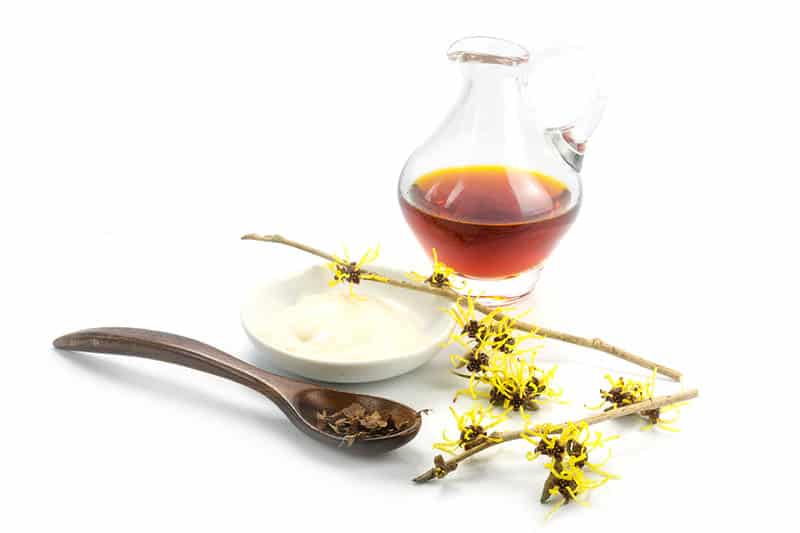
For those of you who don’t know, witch hazel is not just any herb. Instead, it’s been used in medicine for its anti-inflammatory and anti-irritational properties.
Women have been using this plant as a cure for problematic skin for years, especially for acne and sunburn. Another common usage is for hemorrhoid treatment.
Therefore, it’s obvious that this antiseptic is safe to use practically everywhere.
Witch hazel is extremely popular in folk medicine and it comes from North America. People use its leaves and barks and make teas, sanitizers, and witch hazel water.
The important thing about witch hazel pads is to pay attention to the ingredients of the extract. Make sure to get an alcohol free product, unless you want to worsen your irritation (the most common around is Thayers alcohol free witch hazel).
If you have a hemorrhoid problem during your pregnancy, place the pad in a way that touches both your lady parts and the anal area.
Simply put, use it as an adult diaper and put it all over your perineum region. This way, you’ll kill two birds with one stone (you’ll ease both your hemorrhoid and postpartum pain).
Herb oils

Don’t think that using herbs for healing purposes is an outdated practice. As much as you follow modern medicine, the undeniable fact is that Mother Nature gave us plenty of gifts we should use whenever we get the chance to.
You can use just one of the following herb oils or combine them all to make your frozen pads.
Lavender essential oil
It’s a well-known fact that lavender essential oil is used in aromatherapy. It helps with anxiety, depression, and insomnia. It slows your heartbeat and helps your muscles relax.
Women around the world use it as part of their skincare routine and as a cure for menstrual cramps. It’s completely safe when it’s inhaled or applied to the skin – you just have to be careful not to take it orally.
Aside from all of these benefits, this essential oil also has antimicrobial and antiallergic reactions, so it will have a healing effect for your lady parts.
Don’t just use it as an ingredient for your pads – put a few drops of lavender oil in your warm bath. If nothing else, it will help you sleep and make you feel calmer.
Thyme
Thyme is also a powerful medicinal herb full of vitamins C and A, both of which are necessary during this period.
Thyme oil is beneficial for its antibacterial, anti-inflammatory, and antifungal properties, which makes it a perfect ingredient for your padsicles.
Basically, thyme oil doesn’t allow old bacteria to grow and spread across your body and it prevents new ones from developing. Some manufacturers sell pads with thyme oil but it won’t hurt to add some more to your homemade version.
Rosemary
Even though rosemary itself is primarily used in the kitchen, it has numerous benefits that most people are unaware of. Aside from adding flavor to your food, it also helps with blood circulation, memory, and focus, as well as improving your entire immune system.
But what about rosemary oil? Besides being great for your skin and hair, it also helps with circulation issues and rheumatic problems.
Therefore, it’s a great ingredient for postpartum padsicles. It will help you with inflammation and swelling.
Calendula
Calendula’s flower is proven to be beneficial for menstrual problems. It induces menstruation, relieves the pain of menstrual cramps, and stabilizes your menstrual cycle.
Calendula oil is just as effective with antibacterial and antifungal properties that help with different rashes (including diaper rash) and healing open wounds.
No doubt this would be a great addition to your padsicles!
Aloe vera gel
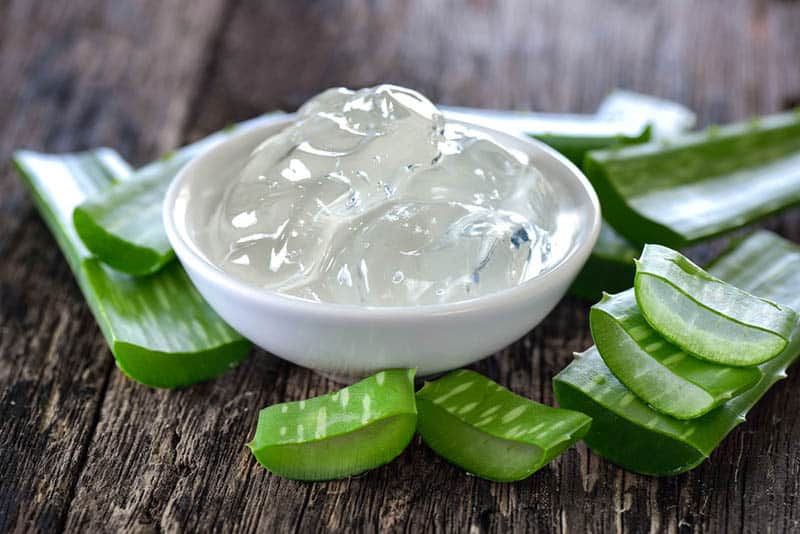
Aloe vera, the gel from the plant Aloe, probably has one of the widest ranges of medical uses. I’m sure that you’ve at least once stumbled upon a product containing it and heard about its numerous healing properties.
Aloe vera is practically everywhere – in shampoos, body lotions, skin-care products, cosmetics, eye patches, after sun creams, sleeping masks, and so on.
For thousands of years, it has been a folk medication for soreness and pain relief. Now that you know all of this, I think it’s pretty clear why this gel is an essential ingredient for your feminine pads.
Spray bottle
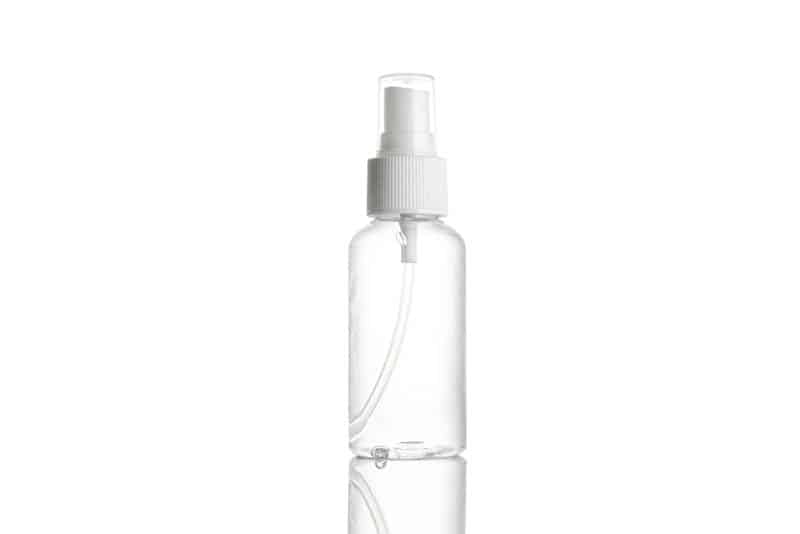
Getting a spray bottle is not a must but it will definitely make the production process easier. You’ll need to cover the entire pad with your ingredients without soaking it in them.
Therefore, the best way to apply everything properly is by using a spray bottle.
Freezer bag

Remember that the whole point is for these pads to be cooled off. That means that you should keep them in the fridge.
However, even though they’re unused, you won’t want to keep them with the food nor will you allow your groceries to touch your pad.
That’s why you’ll need a freezer bag (such as a Ziploc) to store them the right way.
You can either keep them all in one large bag or have mini bags for each pad – whichever works best for you.
How To Make Postpartum Padsicles: A Tutorial

Even though DIY padsicles might look like quantum physics at first, trust me that making your own is a piece of cake.
Actually, that’s the best part of it: you’ll be saving money by doing something good for your health instead of wasting it on some cash grabs.
Besides, you have full control over the production process.
You don’t have to worry if the products are of good quality and if some hazardous chemicals are added. Everything is 100% natural, so it can’t do you any harm whatsoever.
It would be best if you could start making them during the third trimester so you have one less responsibility when your little one arrives.
Just make a stash of popsicles and store them in the fridge until they’re needed. Here is a step-by-step guide on how to do it:
Step 1:
Wash your hands thoroughly.
Step 2:
Open up the pad, but don’t unwrap it completely – leave it attached to its wrapper.
Step 3:
Spray a thin layer of aloe vera gel all over the pad. If you don’t have a spray bottle, use a spoon or your clean finger.
Step 4:
After that, spray witch hazel over the entire pad’s surface.
Step 5:
Continue with spraying essential oils of your choice. If you didn’t have a chance to get the oils, you can make tea out of all these herbs. To do that, just put the flowers or leaves in boiling water.
When it’s done, spray the tea all over the pad. Be careful not to soak the entire pad. If you do, it will affect its absorption power and might cause a leak.
Step 6:
When you’re done, fold the feminine pad back into its wrapper. Put it in the freezing bag and store it in the refrigerator.
Step 7:
Repeat the process until you have a stack of these ice pack pads.
How To Use Postpartum Padsicles?
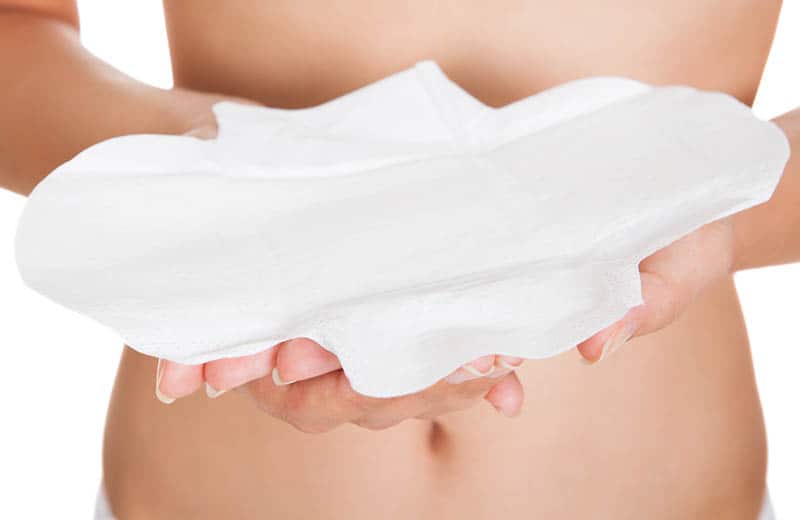
Even though you’ll store these pads in the refrigerator or freezer, it doesn’t mean that you should use them the moment you take them out.
Because we’re talking about FROZEN pads here, wait for a couple of minutes before you place it in your underwear as it’s unwise to place something so cold next to your lady parts.
It’s important to change these pads regularly.
First of all, you’re bleeding so you’ll have to do so but they also lose their primary purpose after a few hours of usage.
Even though wearing them will be soothing, having a constantly wet pad in your underwear might be a little uncomfortable at first. Don’t worry, you’ll get used to it and it’ll definitely be worth it!
How To Store Postpartum Padsicles?

Why are these popsicles so efficient? Well, besides all of these herbs and other natural ingredients, their temperature also plays a role.
Therefore, you have to maintain it, otherwise, you’ll be wasting your time. Put your padsicles in a freezer bag and store them in the fridge – that will keep them nice and cool.
Do Postpartum Padsicles Absorb Blood?

It’s crucial to mention that these DIY padsicles absorb postpartum bleeding. After all, you’re using “regular” pads and nothing you put on them in the process affects their absorption power.
However, you can expect some heavy bleeding in the first days after giving birth and in that case, pads might not be enough.
If this happens, it’s safer to use adult diapers instead of pads and to put all the ingredients on them.
To Wrap Up
Even though making your own postpartum padsicles might sound like a lot of trouble, believe me when I tell you it’s well worth the effort!.
This is one of the most efficient vaginal birth pain reliefs and your lady parts will be thankful for all of your hard work.
Like this article? Please share or pin it for later. You can also stay in the loop and follow us on Facebook, Instagram or Pinterest.

We love honesty! Find Your Mom Tribe is an Amazon Associate and we earn from qualifying purchases through affiliate links at no extra cost to you. Please see our full Amazon Affiliate disclosure for more information.

